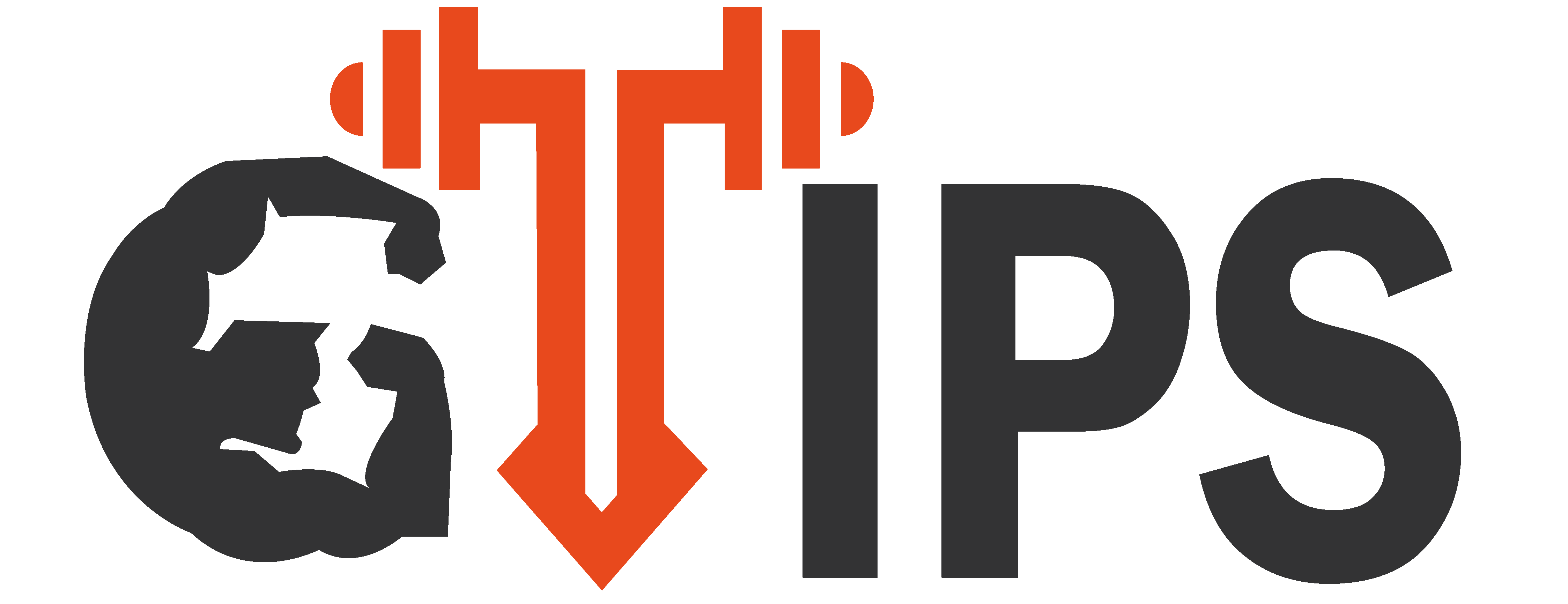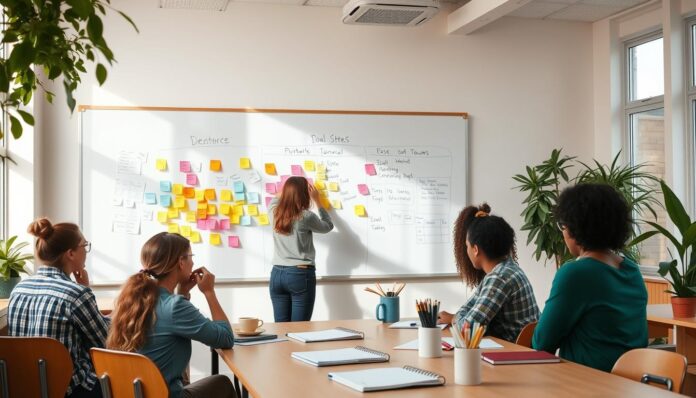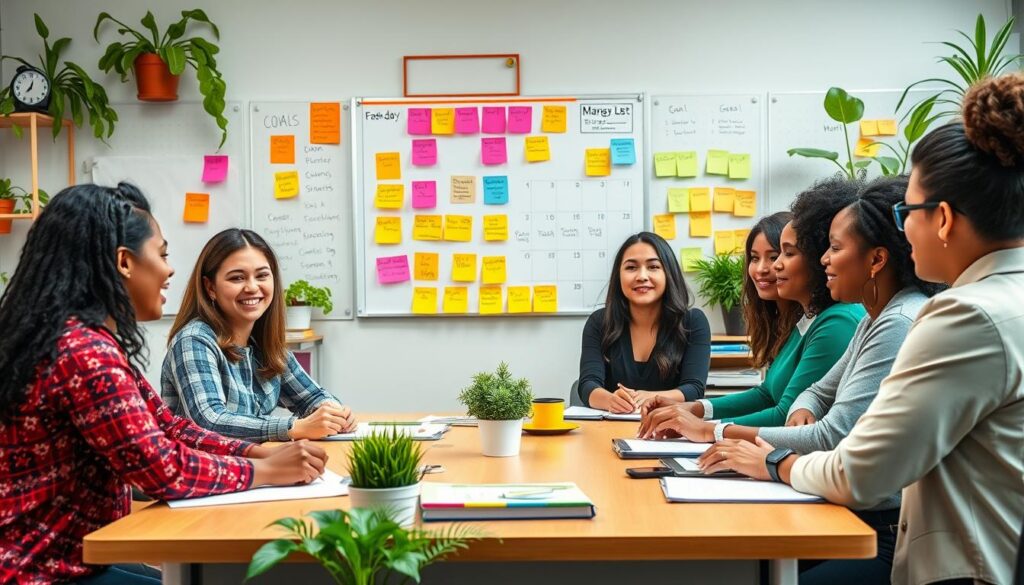In the world of education, setting goals is key for teachers to improve their teaching and help students succeed. It’s important for teachers to know how to set clear goals. This helps them grow professionally and keep students interested in learning.
Schools provide tools for setting goals because they help teachers and students. This section will explain the difference between personal, professional, and educational goals. It will show how these goals work together to help teachers and students grow.
Key Takeaways
- Effective goal setting is vital for teacher growth and student engagement.
- Structured goal setting activities lead to better educational results.
- Knowing personal, professional, and educational goals helps with overall growth.
- Using goal setting resources makes the process better.
- Clear goals lead to better student performance.
Understanding the Importance of Goal Setting in Education
Setting clear goals is key in education. It helps teachers improve their skills and teaching quality. This method helps them focus on areas they need to work on.
Enhancing Teacher Development Strategies
Effective goal setting is a cornerstone for teacher growth. Teachers set goals that match the school’s mission and curriculum. This helps them grow and work together better.
Impact on Student Outcomes
Teachers’ goal setting affects student success. Studies show that setting goals leads to better student results. Teachers who focus on effective teaching methods help students learn more and succeed.
Creating a Culture of Continuous Improvement
Creating a culture of ongoing improvement is vital. Teachers who set goals grow personally and professionally. This creates a space where everyone shares and learns from each other.
Goal Setting Activities For Teachers
Effective goal setting activities can boost teacher collaboration and personal growth. Workshops and sessions for educators create a dynamic space. Here, teachers can outline their goals and challenges together. Below are strategies to help in setting goals.
Collaborative Goal Setting Sessions
Collaborative goal setting sessions encourage teamwork among teachers. In these sessions, teachers share their insights and set goals together. This teamwork fosters support and creates a real learning community.
Interactive Workshops to Identify Goals
Goal setting workshops for teachers offer a structured way to define ambitions. In these workshops, teachers brainstorm and identify their goals. This exchange of ideas sparks personal and professional reflections, leading to actionable plans.
Utilizing Technology for Goal Tracking
Using technology for goal tracking adds accountability and transparency. Tools like online platforms and apps let educators track progress in real-time. This method keeps goals visible and allows for regular check-ins, ensuring commitment to goals.
Classroom Goal Setting Ideas to Engage Students
Getting students involved in setting goals can really make learning better. Classroom goal setting ideas help students feel like they own their learning. By incorporating student feedback in goal setting, you make learning more meaningful and exciting for them.
Incorporating Student Feedback in Goal Setting
Start by letting students share what they want to achieve. Regular feedback sessions help you tailor goals to their interests. This makes students more invested in their learning.
Setting SMART Goals in Education
Use setting SMART goals in education: Specific, Measurable, Achievable, Relevant, and Time-bound. This method makes goals clear and achievable. It helps students track their progress and feel a sense of accomplishment.
Visual Goal Boards for the Classroom
Visual goal boards can make your classroom more engaging. Displaying goals helps students stay focused and accountable. These boards can have images, quotes, and timelines that show students’ dreams. It creates a lively atmosphere where everyone celebrates their goals.
Personalized Goal Setting for Educators
Creating tailored objectives is key for educators’ growth. Personalized goal setting focuses on your teaching style, strengths, and areas to improve. It helps you focus on what’s most important for your growth and classroom success.
Developing Individual Professional Growth Plans
Professional growth plans are essential for your career goals. They outline steps to reach your aspirations. Include specific goals that match your teaching philosophy.
Setting timelines and benchmarks helps track your progress. This ensures you stay on track and meet your goals. It provides a clear path to improve your skills and impact in education.
Using Reflection for Goal Refinement
Reflection is vital for refining your goals. It helps adjust your objectives based on your experiences. Regular self-assessment and feedback from peers or mentors are important.
This process keeps you adaptable in your career. It ensures your goals stay relevant with your aspirations and the changing educational world.
Conclusion
Effective goal setting is key for teachers to grow personally and professionally. We’ve looked at many ways to set goals, like working together and using technology. These methods help teachers keep improving their skills.
Using these strategies helps you grow and also helps your students learn better. By setting goals well, you make your classroom a better place. This makes your students more engaged and successful.
By using strong goal-setting in your teaching, you can meet your students’ needs better. This makes your teaching more dynamic and effective for everyone.
FAQ
What are effective goal setting activities for teachers?
Effective goal setting activities for teachers include working together to set goals and using technology to track them. They also involve interactive workshops. These activities help build a sense of community and support professional growth.
How can goal setting improve teacher development strategies?
Goal setting helps teachers grow by giving them a clear plan for improvement. It helps them focus on improving their skills and aligns with their professional goals. This way, they can track their progress effectively.
What role does student feedback play in classroom goal setting?
Student feedback is key in classroom goal setting. It makes students feel more involved in their learning. By listening to students, teachers can set goals that better meet their needs and interests.
What are SMART goals, and how do they apply to education?
SMART goals are Specific, Measurable, Achievable, Relevant, and Time-bound. In education, they help teachers set clear goals. These goals lead to better teaching methods and improved student results.
What resources are available for personalized goal setting for educators?
There are many resources for educators to set personal goals. These include templates, workshops, and online tools. They help teachers set goals that fit their teaching style and career goals.
How can I measure progress on my goals as a teacher?
To track your progress, use reflective practices and formative assessments. Set benchmarks and timelines in your growth plan. This helps you see how you’re doing and adjust your plans as needed.
Are there workshops available for setting goals in education?
Yes, there are many workshops for teachers on goal setting. They cover working together, using technology, and personalizing goals. These workshops provide valuable tips and strategies for setting goals in schools.





